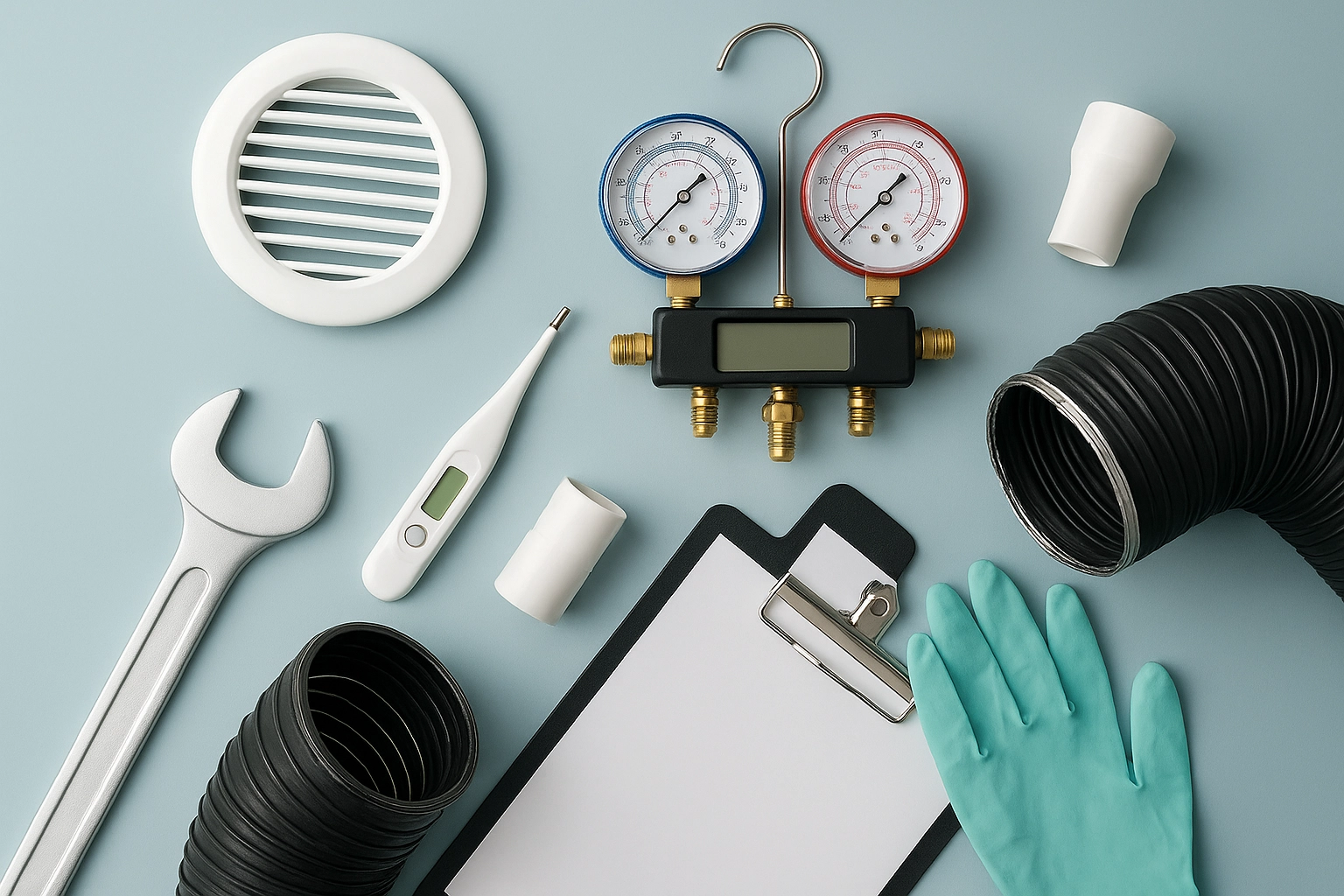HVAC Equipment Testing
The HVAC (Heating, Ventilation, and Air Conditioning) industry is a cornerstone of modern building infrastructure. Ensuring that HVAC equipment meets stringent performance standards is critical for both the comfort and safety of occupants within buildings, as well as for reducing energy consumption and environmental impact. This section focuses on the testing methodologies employed to ensure compliance with international standards.
The primary focus here is on the evaluation of HVAC components such as compressors, heat exchangers, fans, and air handling units. These tests are conducted in specialized laboratories using state-of-the-art equipment that simulates real-world operational conditions. The goal is not only to meet regulatory requirements but also to enhance product performance and reliability.
The testing process begins with the receipt of samples from manufacturers or suppliers. Each piece of equipment undergoes a series of rigorous tests designed to assess its efficiency, durability, and compliance with relevant standards. Key parameters include energy consumption rates under varying conditions, noise levels, airflow distribution patterns, and refrigerant leak detection.
Compliance with international standards such as ISO 5153:2014 for fan performance testing or ASHRAE Standard 55-2019 on thermal environmental conditions for human occupancy provides assurance that the equipment will perform reliably in diverse climates. Additionally, manufacturers often seek independent verification of their products' compliance with these standards to gain competitive advantage and enhance market credibility.
The complexity of HVAC systems necessitates comprehensive testing procedures that go beyond simple performance metrics. For instance, testing for refrigerant leaks is crucial not only because it affects the environment but also because refrigerants can be harmful if released into the atmosphere. Advanced leak detection techniques using infrared cameras or halide torches are employed to ensure minimal environmental impact.
Another critical aspect of HVAC equipment testing involves evaluating the system's ability to maintain desired indoor air quality (IAQ). IAQ is a significant concern in today’s buildings, where poor ventilation can lead to health issues among occupants. Tests focus on measuring CO2 levels, particle counts, and the presence of volatile organic compounds (VOCs).
The testing process also includes durability assessments through accelerated aging tests that mimic years of operation under harsh conditions. This helps manufacturers identify potential weaknesses early in the product lifecycle, allowing for improvements before widespread deployment.
Finally, it is essential to note that HVAC equipment testing is an ongoing process rather than a one-time event. Regular inspections and recalibrations are necessary to maintain optimal performance throughout the equipment's life cycle.
Applied Standards
HVAC equipment testing adheres strictly to a variety of international standards designed to ensure both safety and efficiency. Some key standards include:
- ISO 5153:2014 - Fan performance testing, which evaluates the static pressure, airflow rate, and power consumption.
- ASHRAE Standard 55-2019 - Thermal environmental conditions for human occupancy, focusing on comfort levels within buildings.
- ISO 817:2016 - Refrigeration equipment, which sets requirements for the design and manufacture of refrigeration systems to ensure safe operation.
- EN 378:2015 - Air conditioning apparatus, providing guidelines on the performance characteristics required by air conditioning units.
These standards provide a framework for manufacturers to follow when designing and producing HVAC equipment. They also serve as benchmarks against which independent laboratories can verify that products meet specified criteria.
Environmental and Sustainability Contributions
- Energy Efficiency: Efficient HVAC systems contribute significantly to reduced energy consumption, thereby lowering greenhouse gas emissions. Testing ensures that equipment operates at maximum efficiency under all conditions.
- Material Recyclability: Many modern HVAC components are made from recyclable materials, and testing helps ensure these materials can indeed be recycled effectively after their lifecycle.
- Reduced Refrigerant Usage: Tests focus on minimizing the amount of refrigerant used in systems to reduce environmental impact. This aligns with global efforts to phase out harmful fluorinated gases.
- Improved Indoor Air Quality: By ensuring that HVAC systems are capable of maintaining optimal IAQ, these tests contribute to healthier living and working environments, which can lead to improved productivity and well-being among occupants.
The commitment to sustainability is reflected in the ongoing efforts by manufacturers to innovate and improve upon existing technologies. Independent testing laboratories play a crucial role in supporting this mission by providing reliable data that informs continuous improvement processes within the industry.
Use Cases and Application Examples
| Scenario | Test Parameters | Expected Outcome |
|---|---|---|
| Newly Designed Fan Performance | Static pressure, airflow rate, power consumption | Fan operates within specified ranges for optimal performance and energy efficiency. |
| Refrigeration Unit Leak Detection | Infrared imaging, halide torch testing | No leaks detected, ensuring minimal environmental impact. |
| Air Handling Unit Efficiency Testing | Energy consumption, IAQ metrics (CO2 levels, particle count) | Equipment operates efficiently with minimal energy use and maintains excellent air quality standards. |
| Durability Assessment of Heat Exchangers | Accelerated aging tests | Identifies potential weaknesses early in the product lifecycle for improvement before widespread deployment. |
In each case, thorough testing ensures that HVAC equipment not only meets but often exceeds industry expectations. This commitment to excellence translates directly into better indoor environments and more sustainable practices across various sectors including residential housing, commercial buildings, and industrial facilities.





